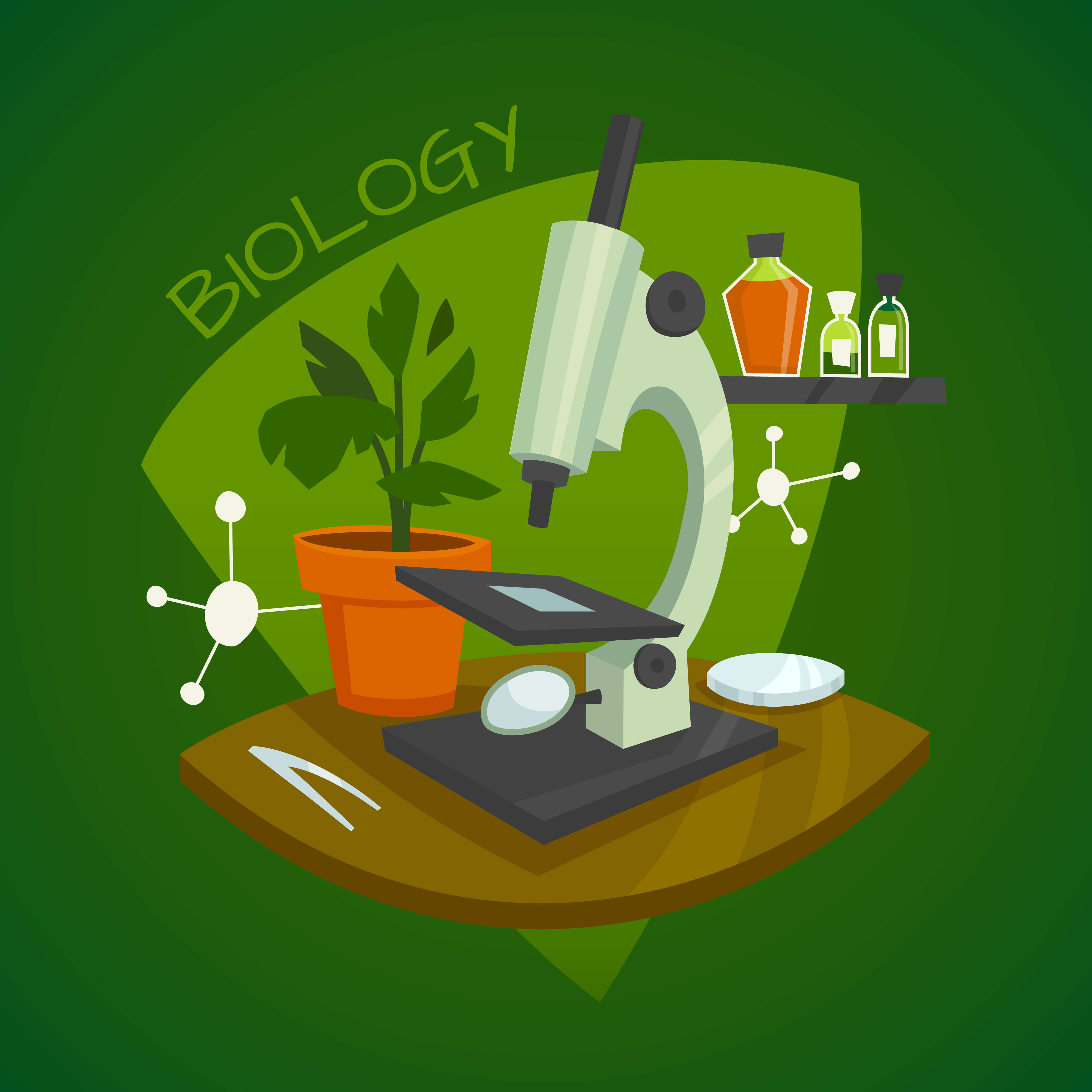Introduction
A crucial aspect of the circular economy that departs from the traditional take-make-waste paradigm is sustainable waste management. The site visit to Richgro's bioenergy plant in Australia offers solutions to the issues connected to linear consumption and waste accumulation through realistic waste management methods and sustainable concepts. The work will provide an analysis of the essential operational steps applied in the location and supports the principles of sustainability.
Site Visit Report
|
Location of the site |
Richgro Bioenergy Plant, Jandakot, Western Australia |
|
Date of Visit |
February 1, 2023 |
|
Time of Visit |
12. 30 AM to 4.00 PM. |
|
Purpose of Visit |
To understand the key operational steps applied in the site to underpin the sustainability principles |
|
The Visit was conducted by |
Supervisor |
Key traits of the waste and its management principles
To handle waste through reduction, disposal, prevention, and reuse, businesses and organizations use waste management systems. It entails putting thorough strategies into action for effective waste management up till disposal. The most frequently employed techniques are composting, recycling, incineration, waste minimization, and waste-to-energy. The requirement for proper handling, treatment, and ethical disposal are some general qualities of garbage, even though exact waste properties vary.
-
Quantity: Living standards, population size, and economic activity are only a few of the variables that affect how much waste is produced (Waste Management Review, 2016).
-
Composition: To calculate the amount of food lost and differentiate between edible and inedible materials, waste composition entails sorting, categorizing, and weighing garbage. Materials such as metals, chemicals, organics, and plastics can all be found in waste.
-
Degradability: The ability of different waste kinds to degrade varies; whereas organic matter naturally degrades over time, things like plastic and metal may stay for a very long period in the environment (Lin, et al. 2018).
Richgro Bioenergy Plant located at 203 Acourt Rd, Jandakot, Western, Australia 6146 functions as per the principles of the waste hierarchy that prioritizes the reduction of waste, recycling, reuse, energy recovery and disposal. The same are discussed below:
-
Prevention: The entity focuses on adopting effective strategies to prevent from using excessive resources, use of sustainable practices, and more.
-
Recycling: Recycling techniques are used at the Richgro bioenergy facility to make use of organic waste products like garden waste, food waste, and wood waste. They produce nutrients that improve the condition of the soil as well as biogas for the creation of sustainable energy through this process.
-
Reuse: The plant recovers value from the waste organic materials through anaerobic digestion. In this method, trash is decomposed without the presence of oxygen to produce biogas and organic fertilizer. This biogas can be converted into nutrients that improve soil quality as well as sustainable electricity.
-
Recovery: With the use of the anaerobic digestion, the plant obtains the value from organic waste materials. Through this, material is broken down in the non-presence of oxygen to get the biogas and natural fertilizer. The same could be utilised in the production of the renewable energy and increase the level of soil quality.
-
Disposal: The disposal of the waste material is being done that affects the environment in negative manner.
Waste management and treatment facility in Richgro Bioenergy Plant
Collection of wastage
Richgro Bioenergy plant is utilizing a highly effective procedure. There are several forms of sources adopted by the plant to obtain the organic waste materials from several mediums involving water waste material, and many more.
Processing and management
Anaerobic digestion is used at the Richgro Bioenergy Plant to break down organic wastes such as wastewater, animal dung, and food waste without oxygen. By turning the garbage into biofertilizers and biogas, this procedure promotes sustainable practices.
Resource recovery Provision
With a concentration on biogas for sustainable energy and biofertilizers for farming and gardening, the Bio Plant uses a variety of resources to recover useful resources from waste. They effectively maintain operational temperature by using heat and gas produced throughout the biogas process, which lowers energy use (Bühlmann, 2022).
From the aspect of sustainability
By creating job possibilities and raising sustainability awareness in the neighbourhood, the Richgro Bioenergy Plant has had a positive impact on socioeconomic factors.
Key problems and weaknesses and suggestions for Richgro Bioenergy Plant
Richgro Bioenergy Plant encountered many challenges and many weaknesses which are discussed as follows: s
Weakness and Challenges for Richgro Bioenergy Plant
The weakness of the Richgro Bioenergy Plant are:
Quality of waste materials
The waste material is obtained from non-organic material, or complex items and it affects the fertilizers quality at major scale.
Presence of waste materials and feedstock
It is the major issue which affects the plant's working style and other areas. It is a complex process because a continuous form of supply of waste material for the composition of fertilizers is needed.
Technological limitations
To minimize waste, a high and advanced level of technology is required and it can enhance the overhead cost of the chosen plant.
Operational cost
Operational cost is also the main weakness because the plant uses advanced tools and technology which is cost expensive procedure (Chamdimba, Omosa, & Wandera, 2021).
Recommendations
To minimize the challenges and issues, below are some suggestions as discussed below-
Enhancement in the quality of the waste material
To check the feedstock quality, Richgro would use a waste screening and procedure of arranging to avoid materials that are non-organic and materials that are difficult to digest.
Implementation of a cost optimization strategy
The chosen plant execute the efficient strategies to reduce the operation cost of the plant. For example, they can aim on the implementation of the energy saving factors, properly usage of the resources like water, and more
Use of advanced technology
Richgro is a very big plant and aims to provide the best service with the usage of advanced technology. Therefore, it needs to adopt high-end world-class technology for future fast growth (Shooshtarian, et al. 2019).
Conclusion
The site visit to Richgro Bioenergy Plant reflects that is one of the most suitable sustainable waste management systems. In the respective work, the discussion has been reflected in the context of how the plant can manage the waste via using different strategies, challenges it faced, and recommendations that are to be adopted.





.jpg)





